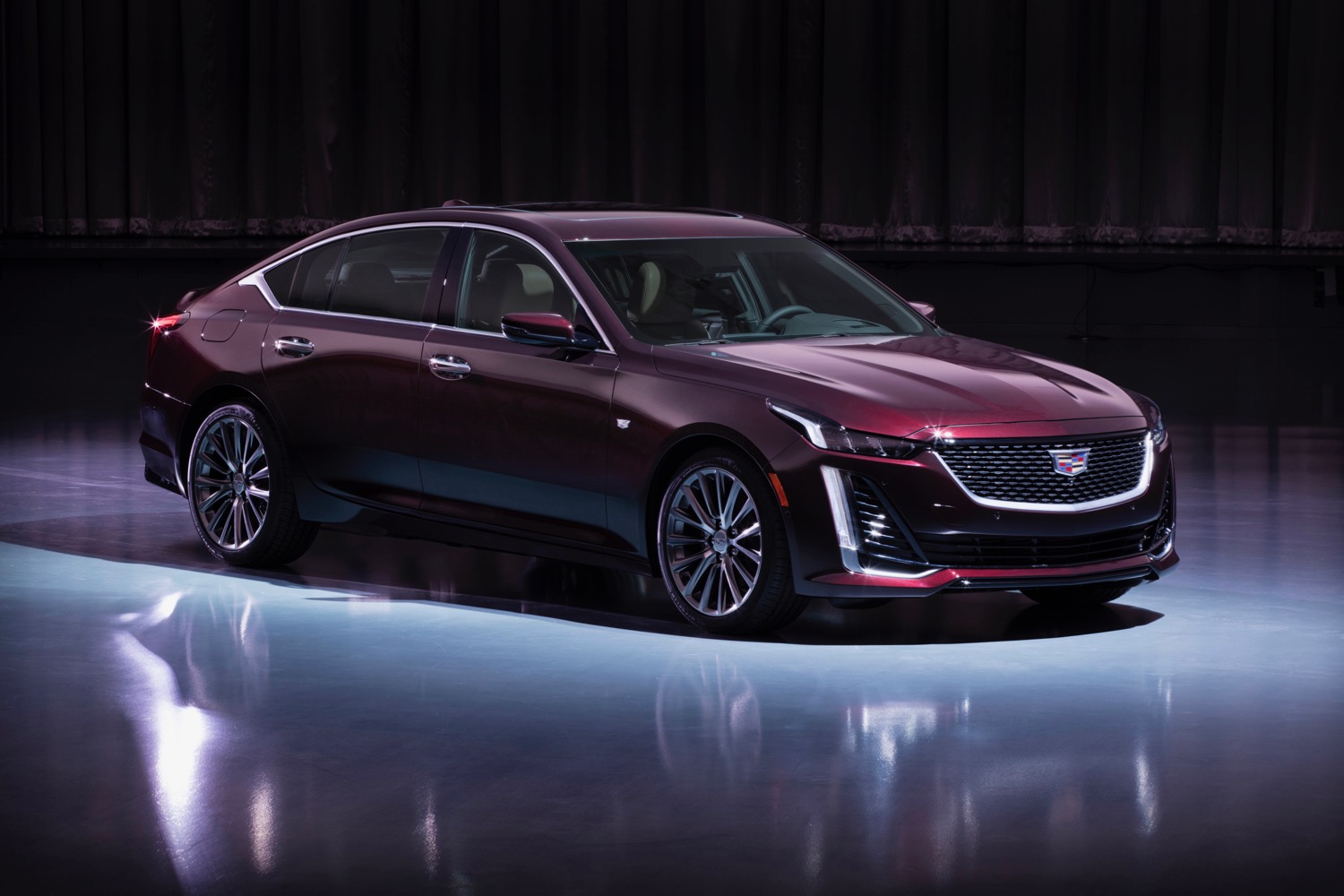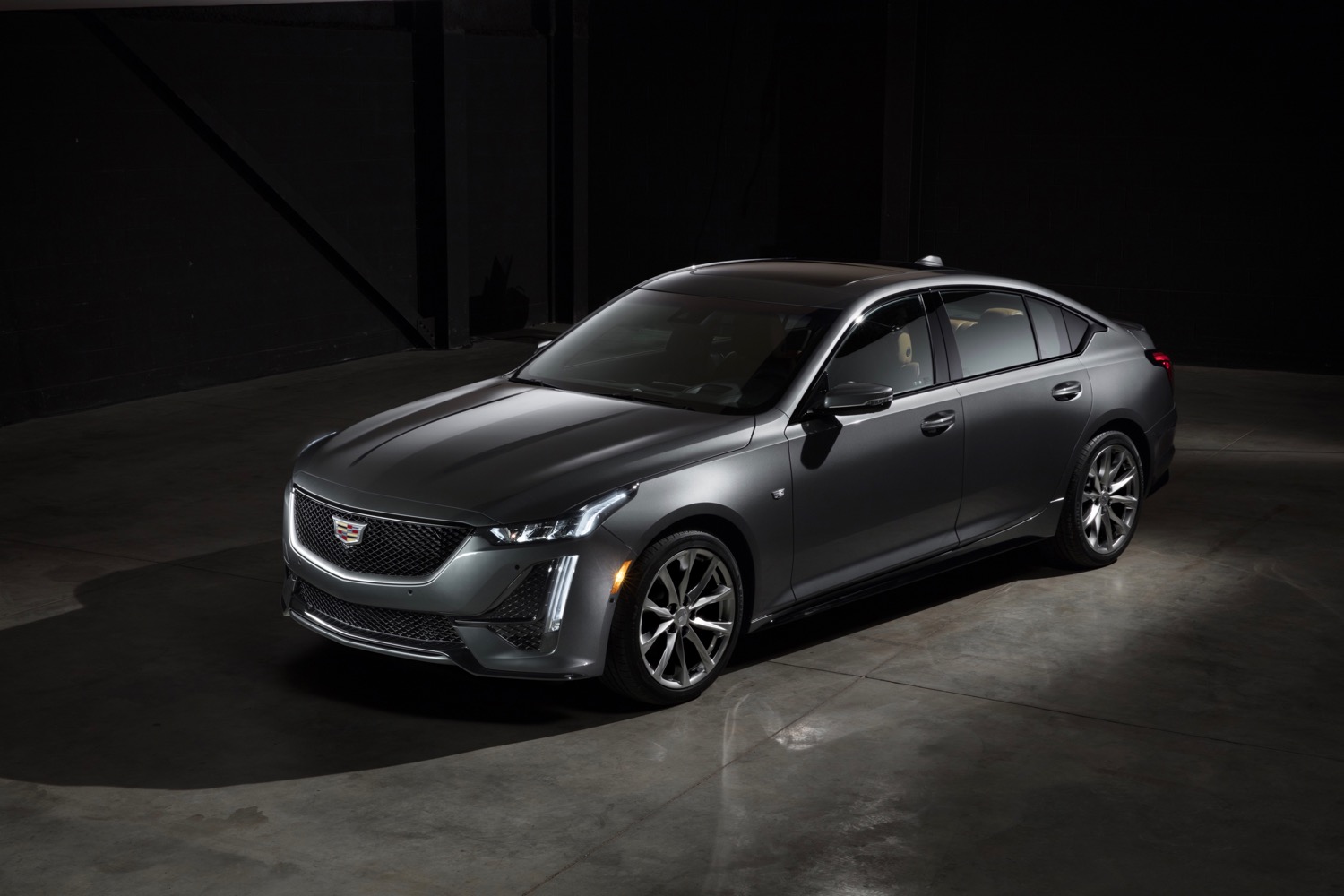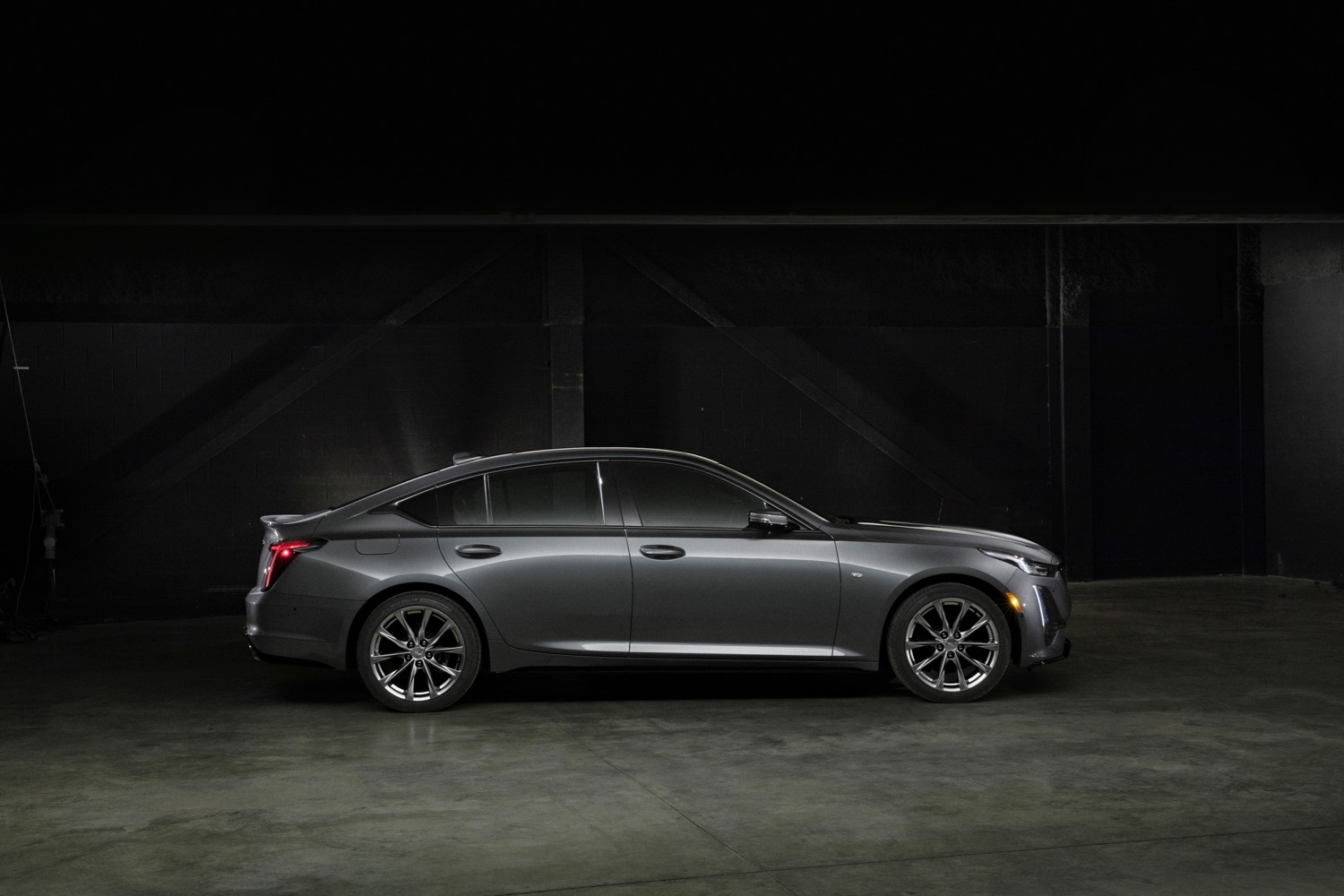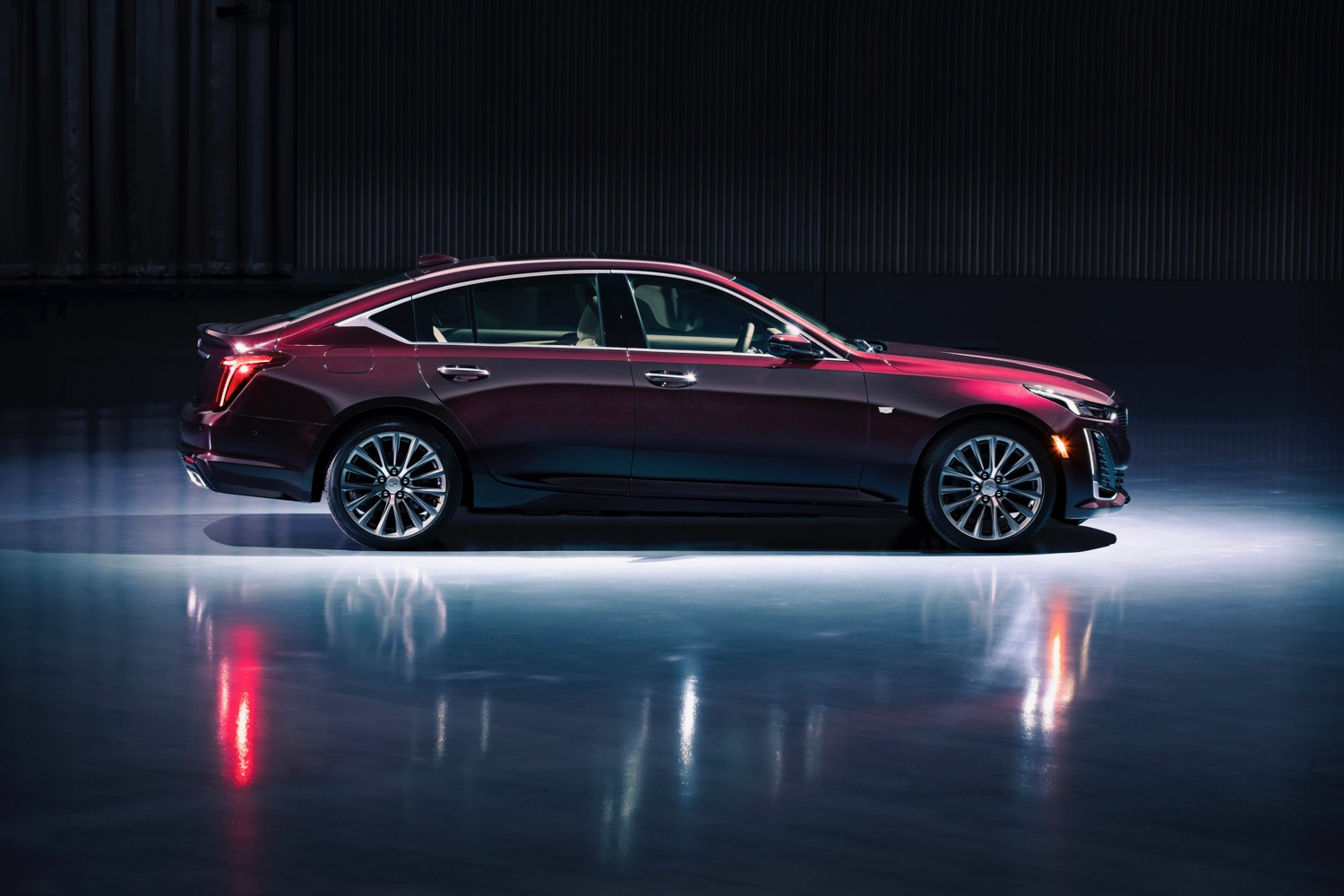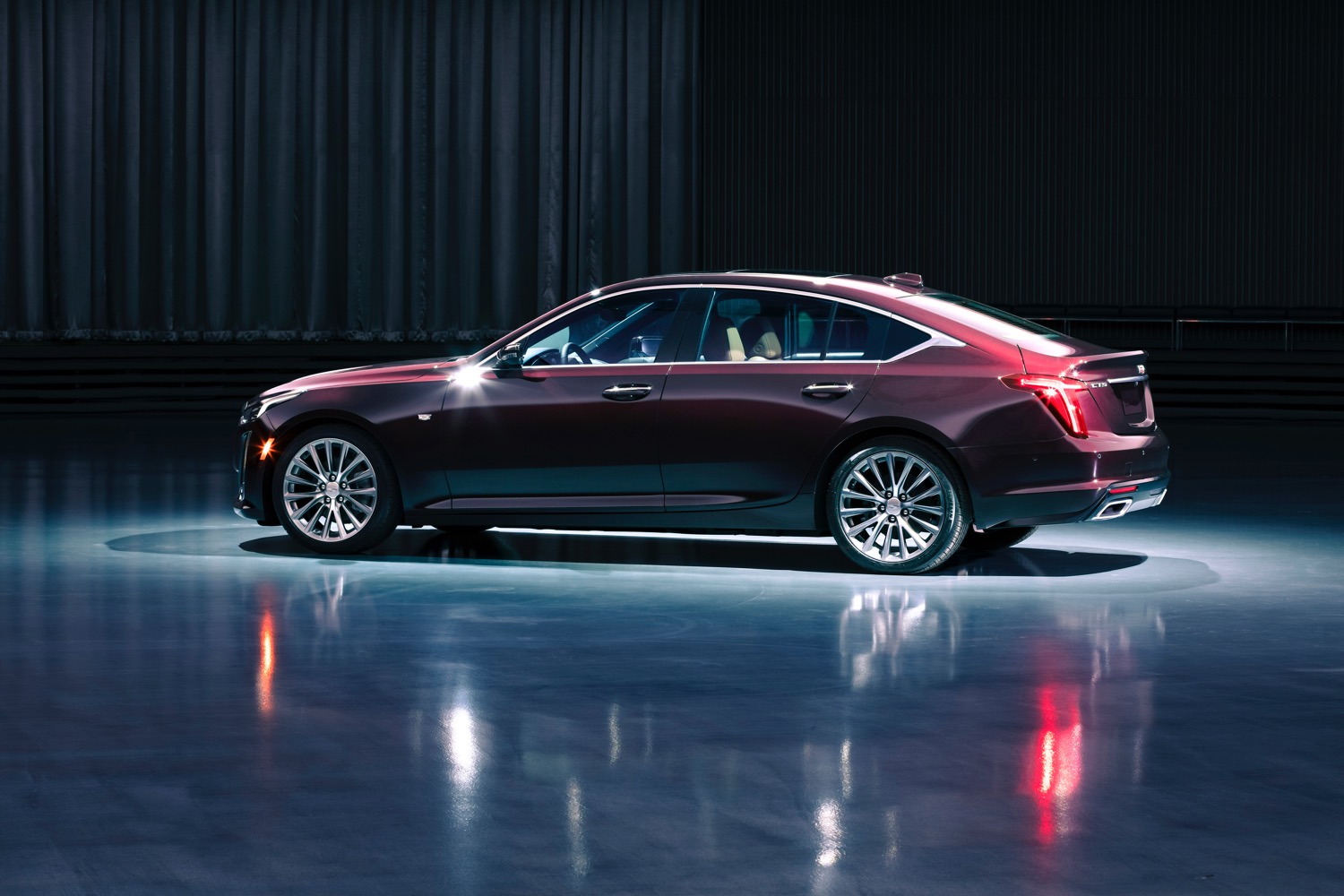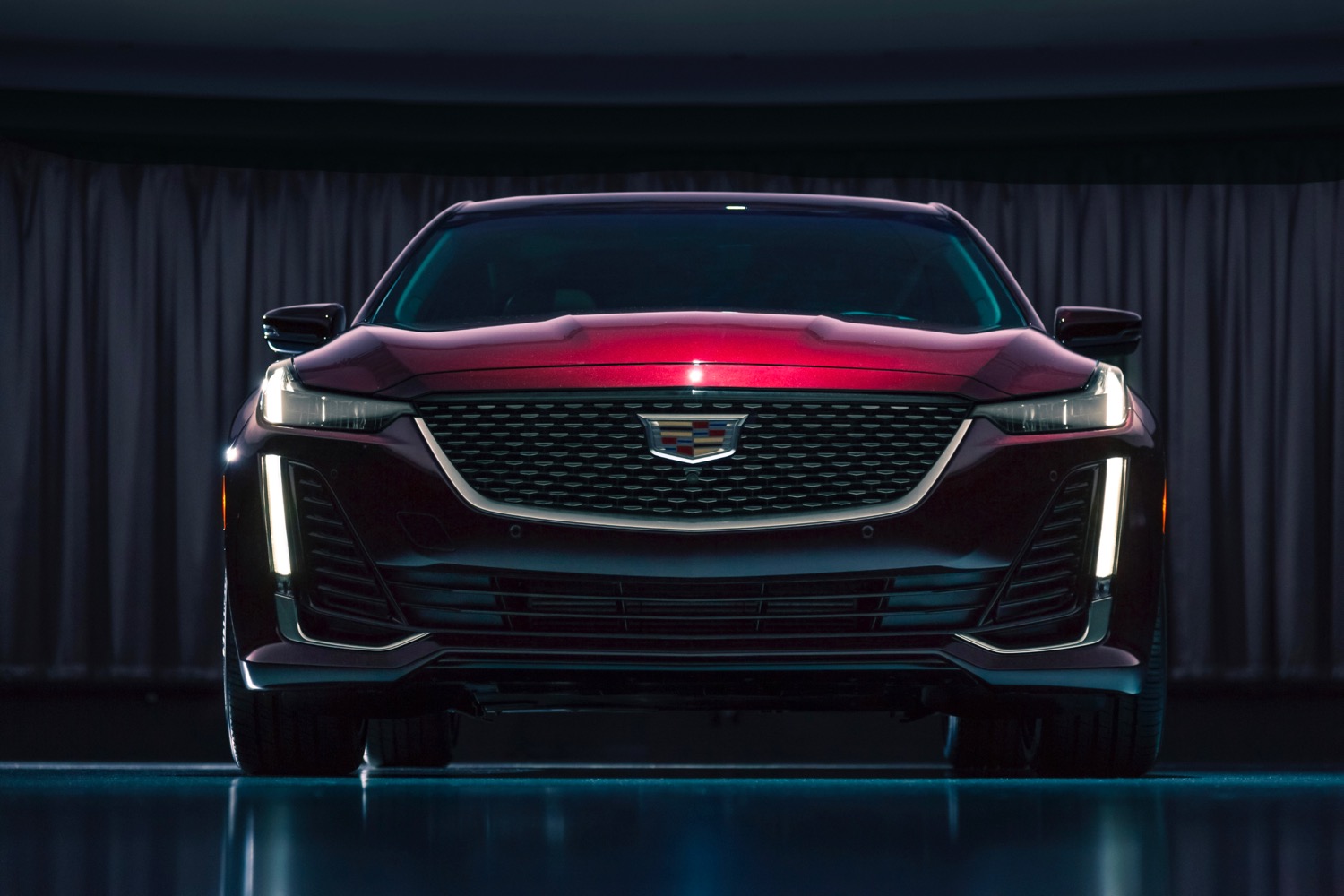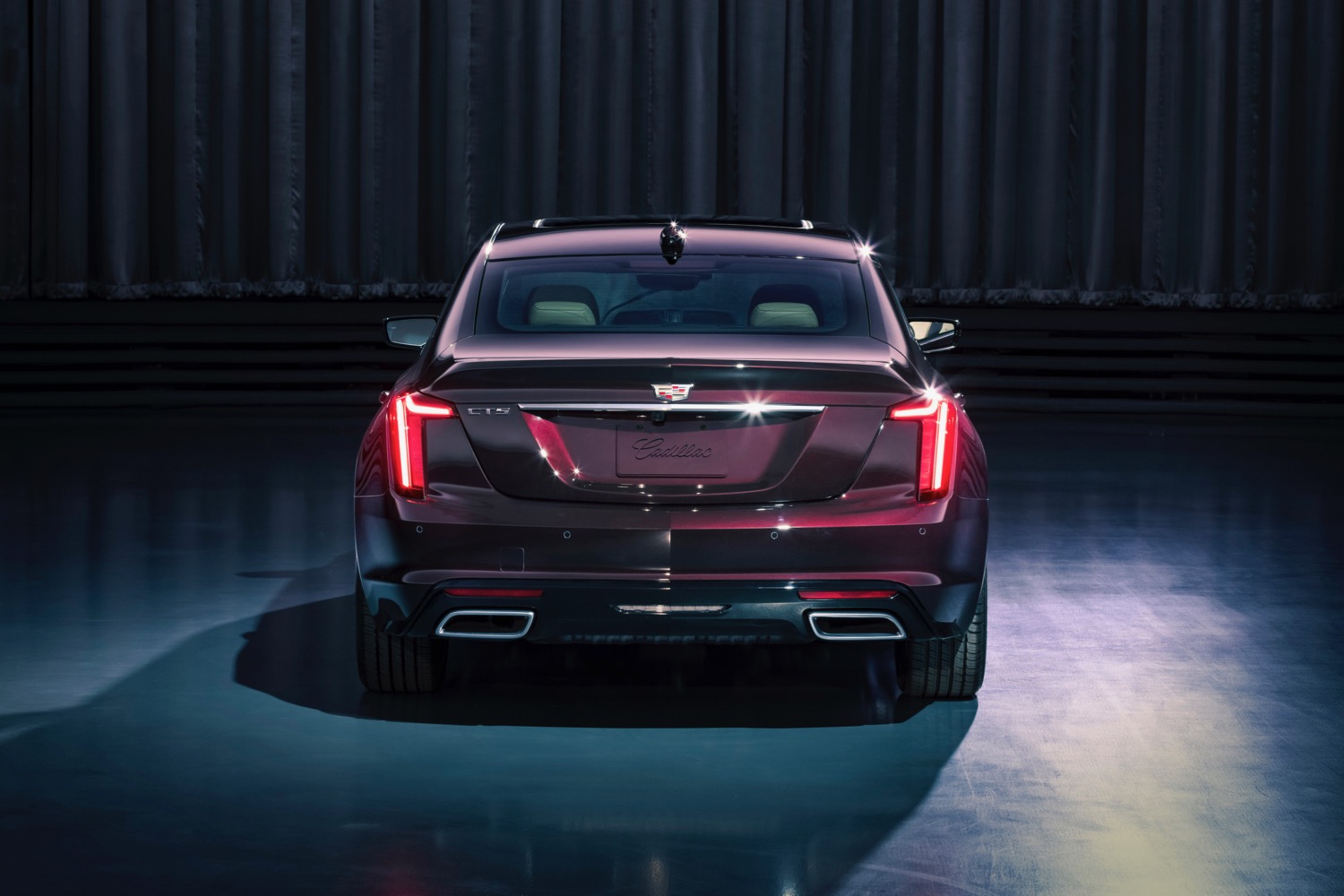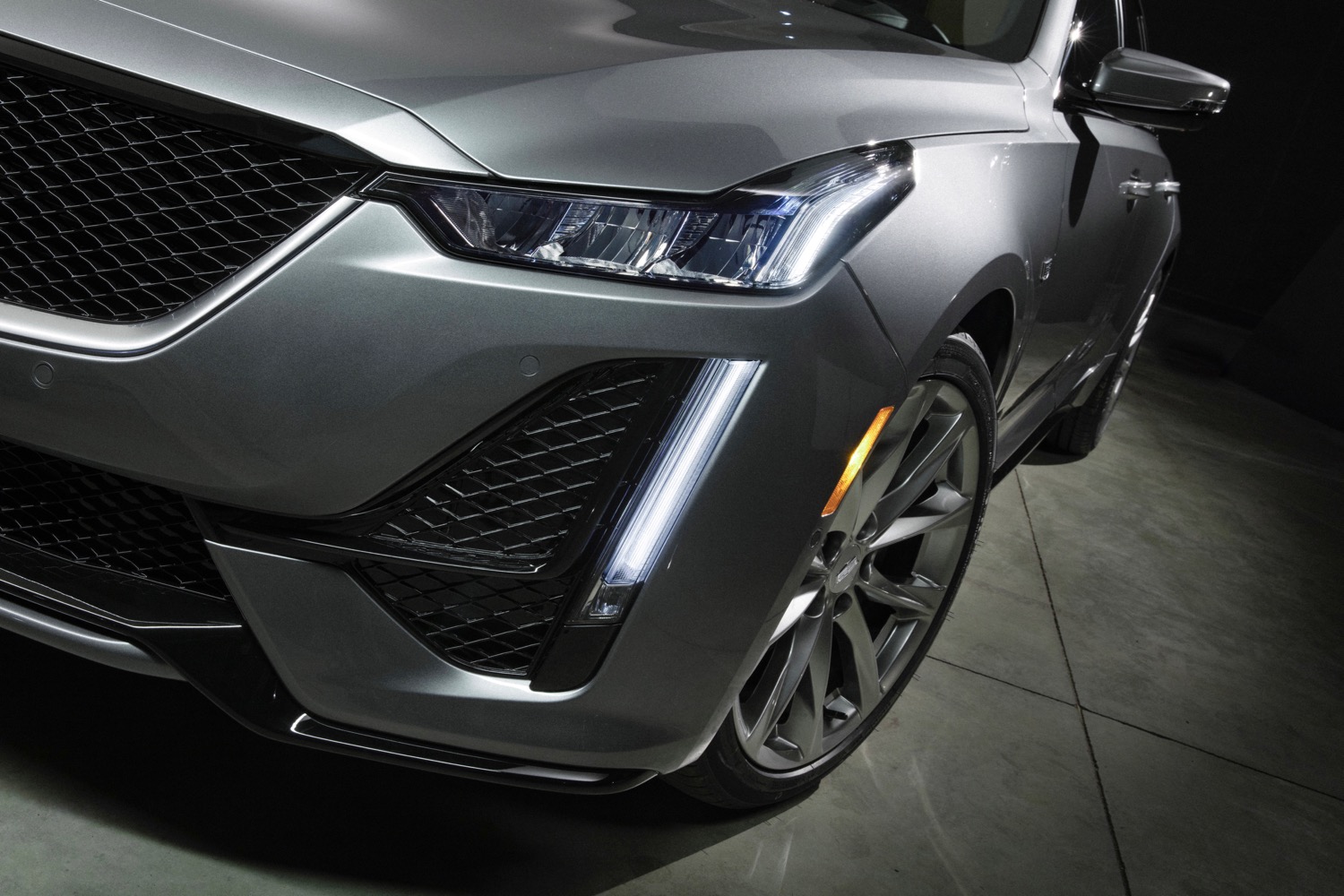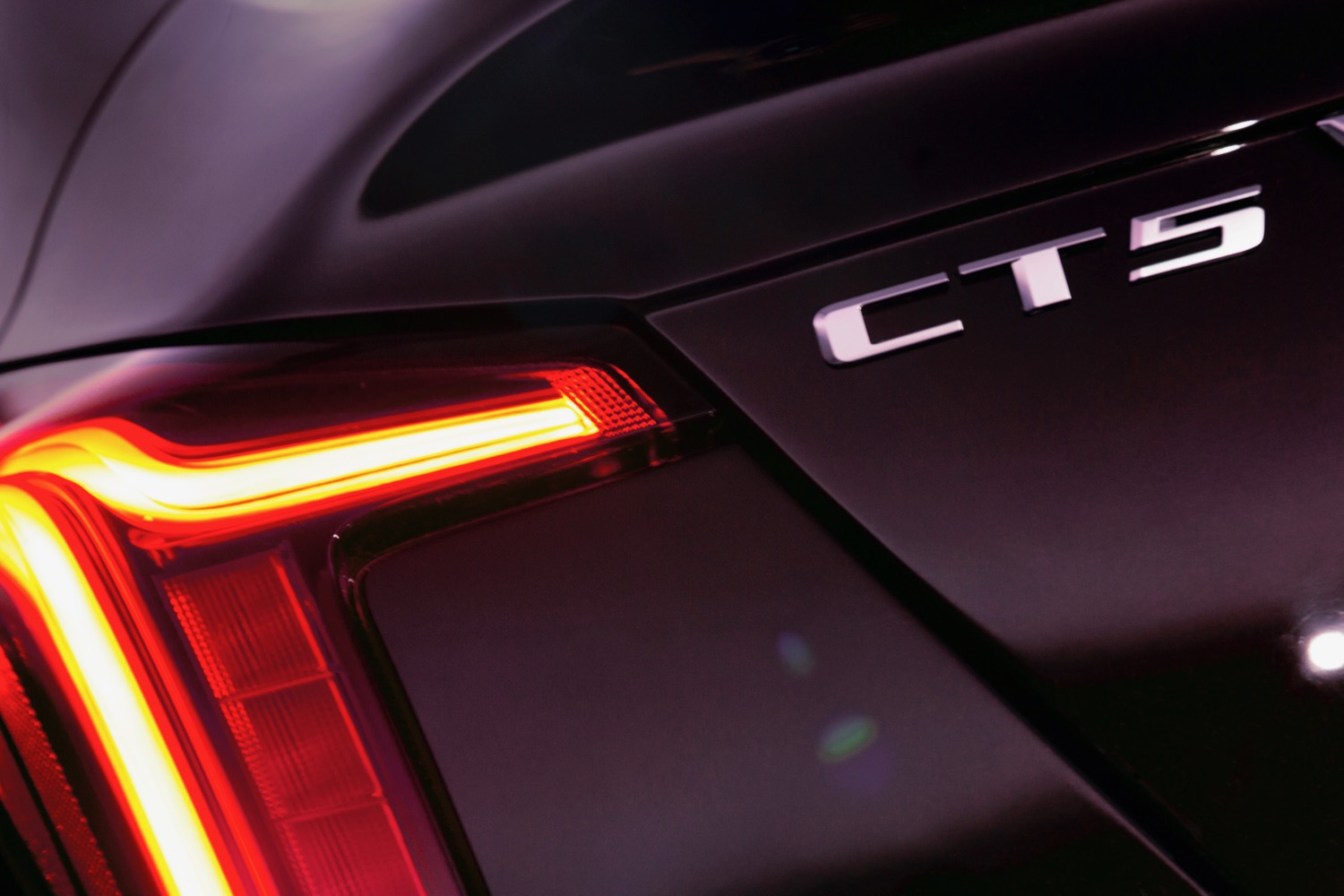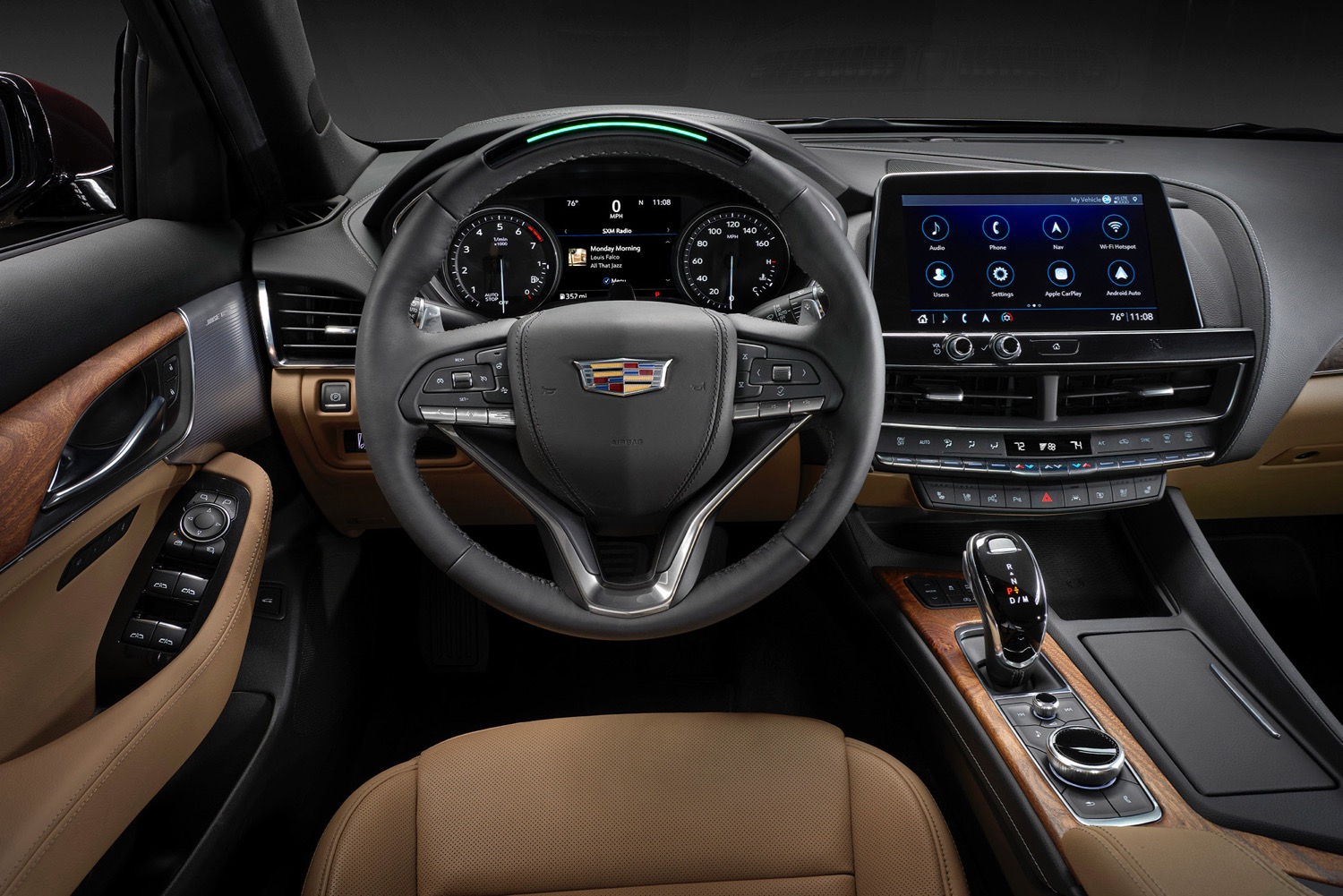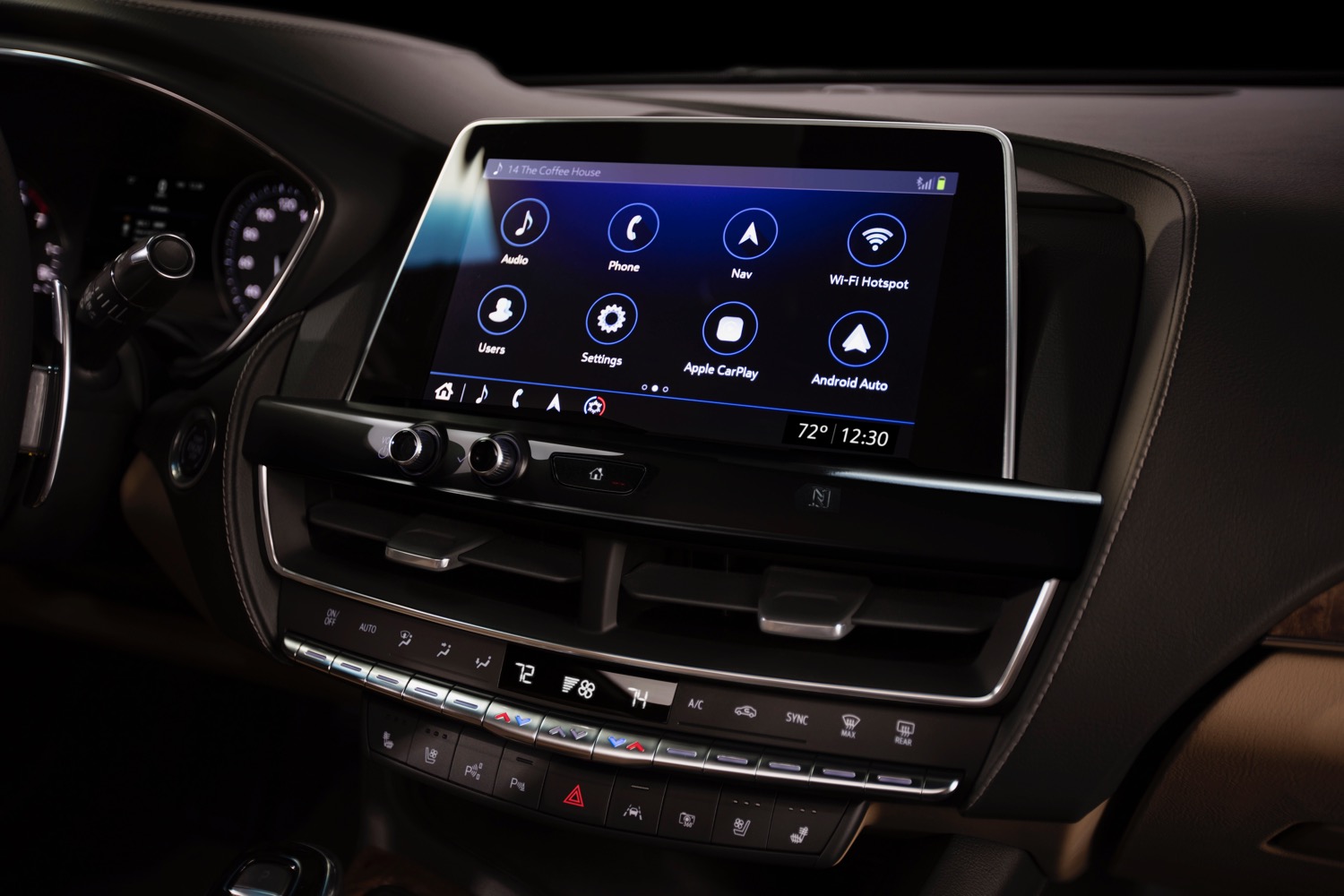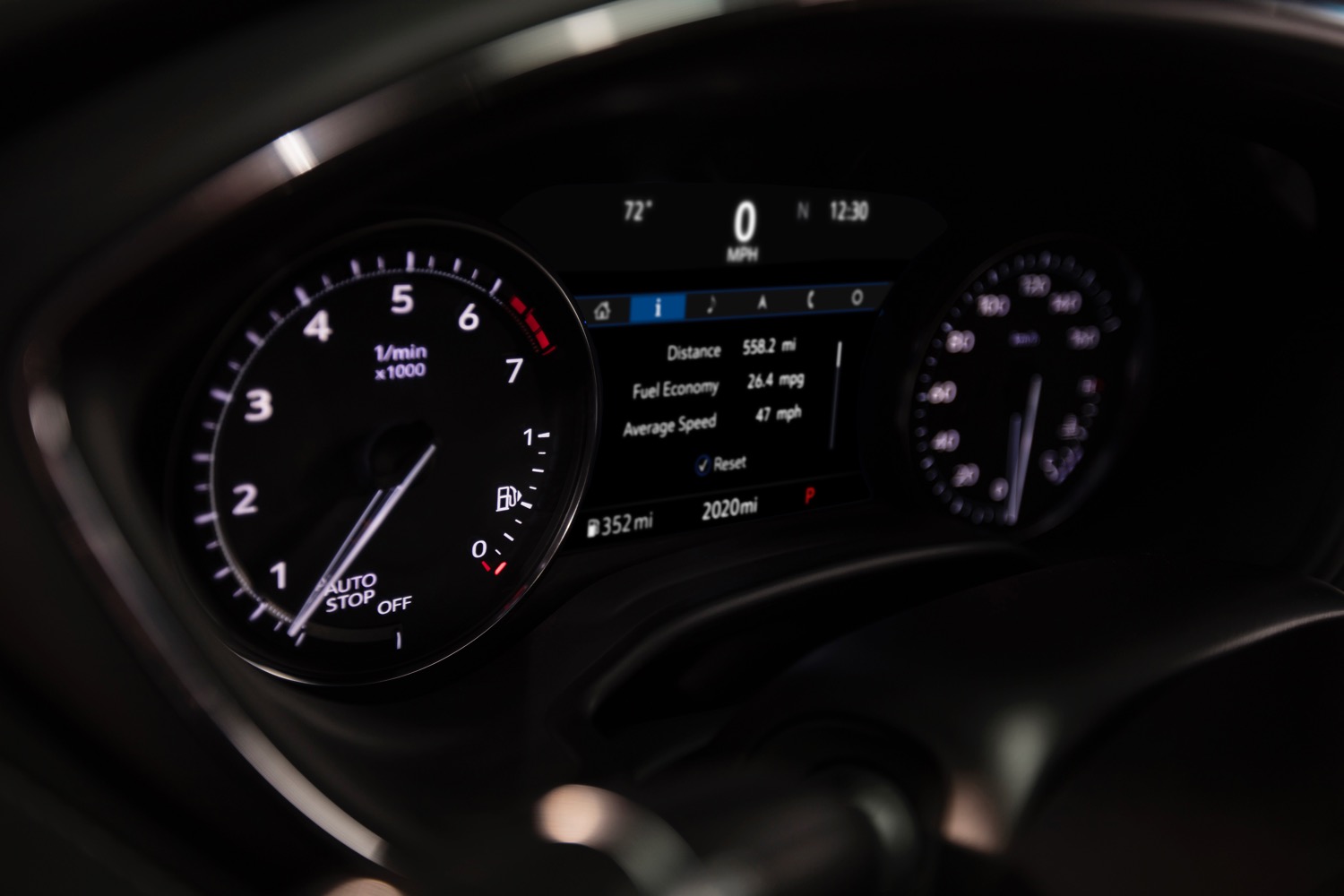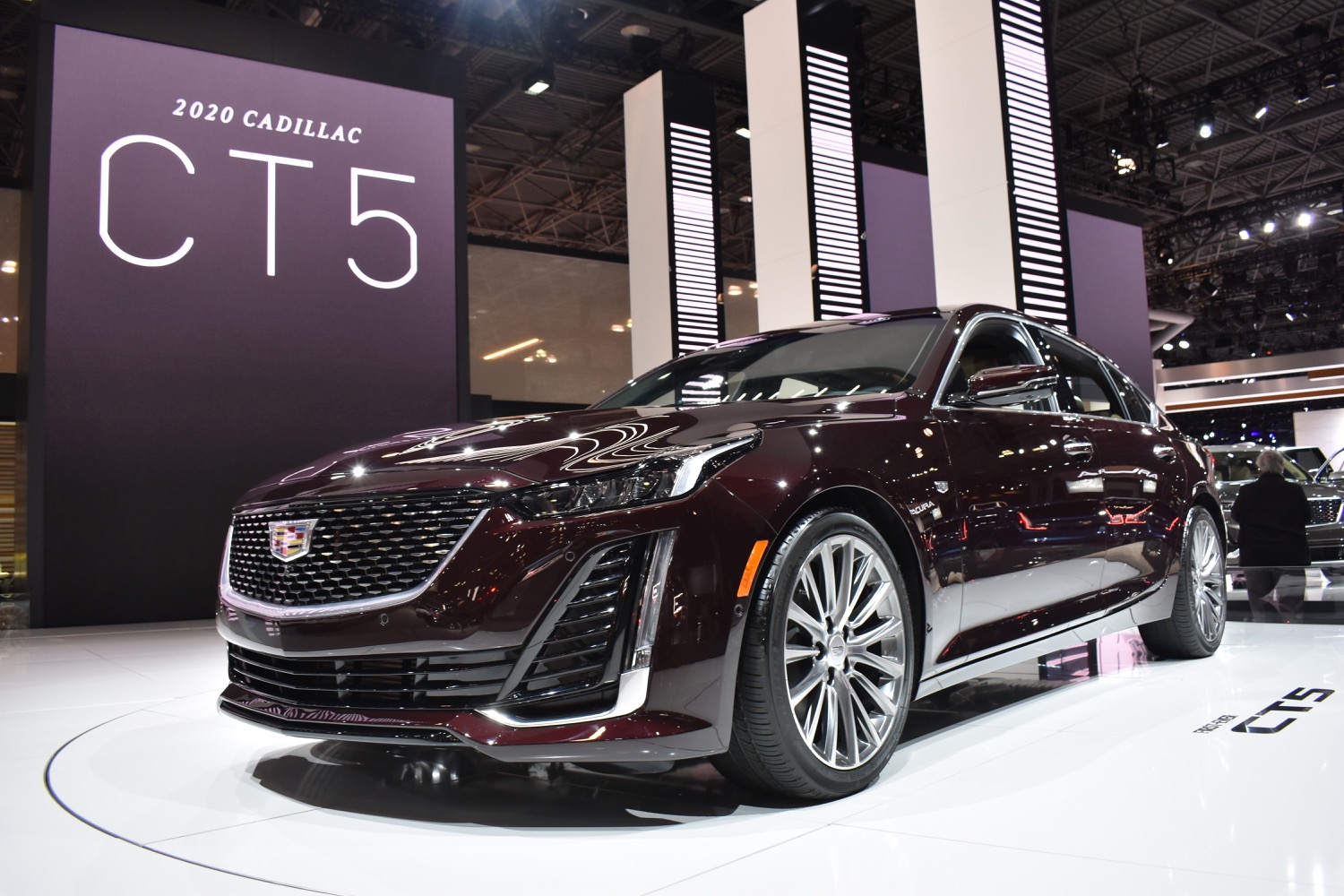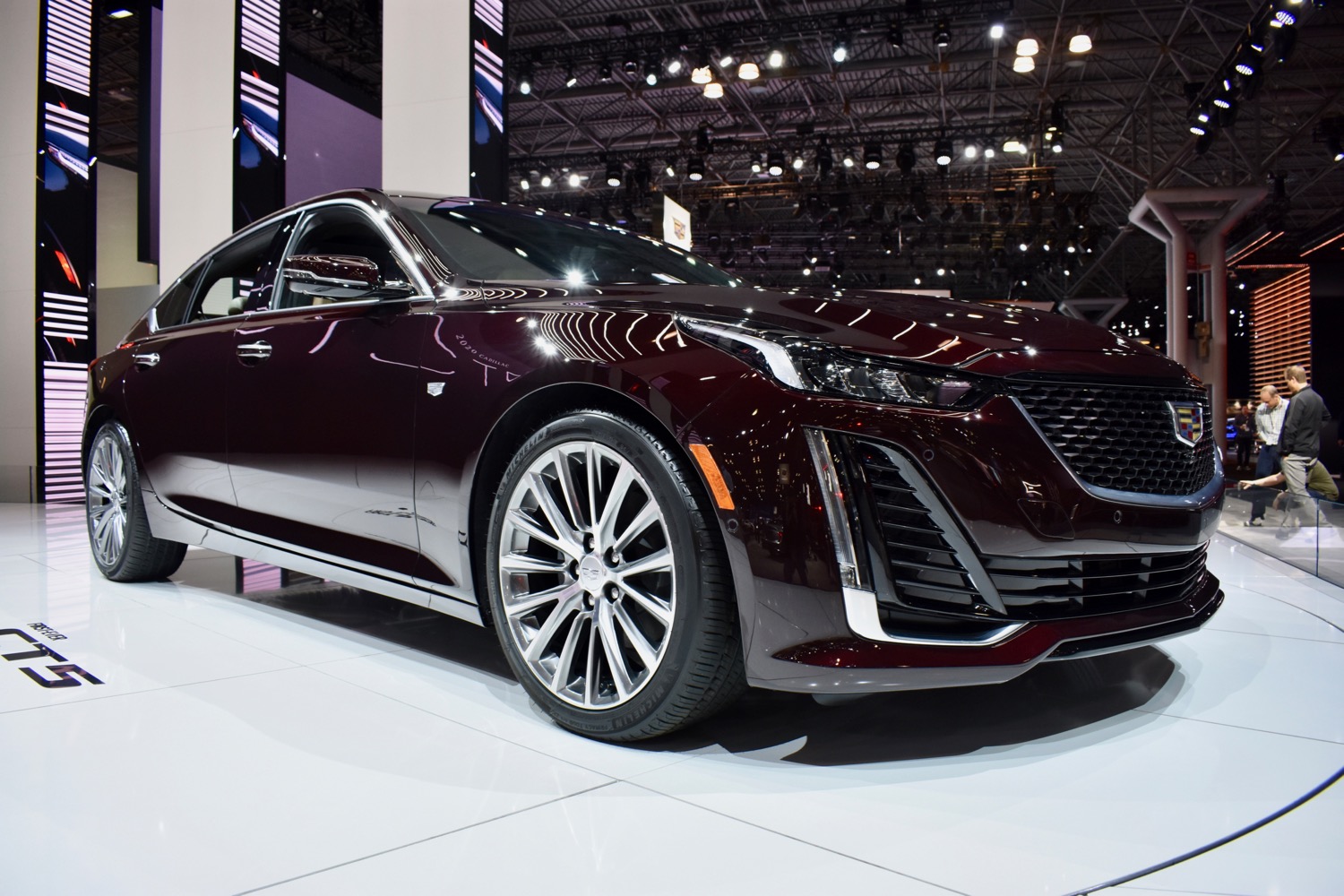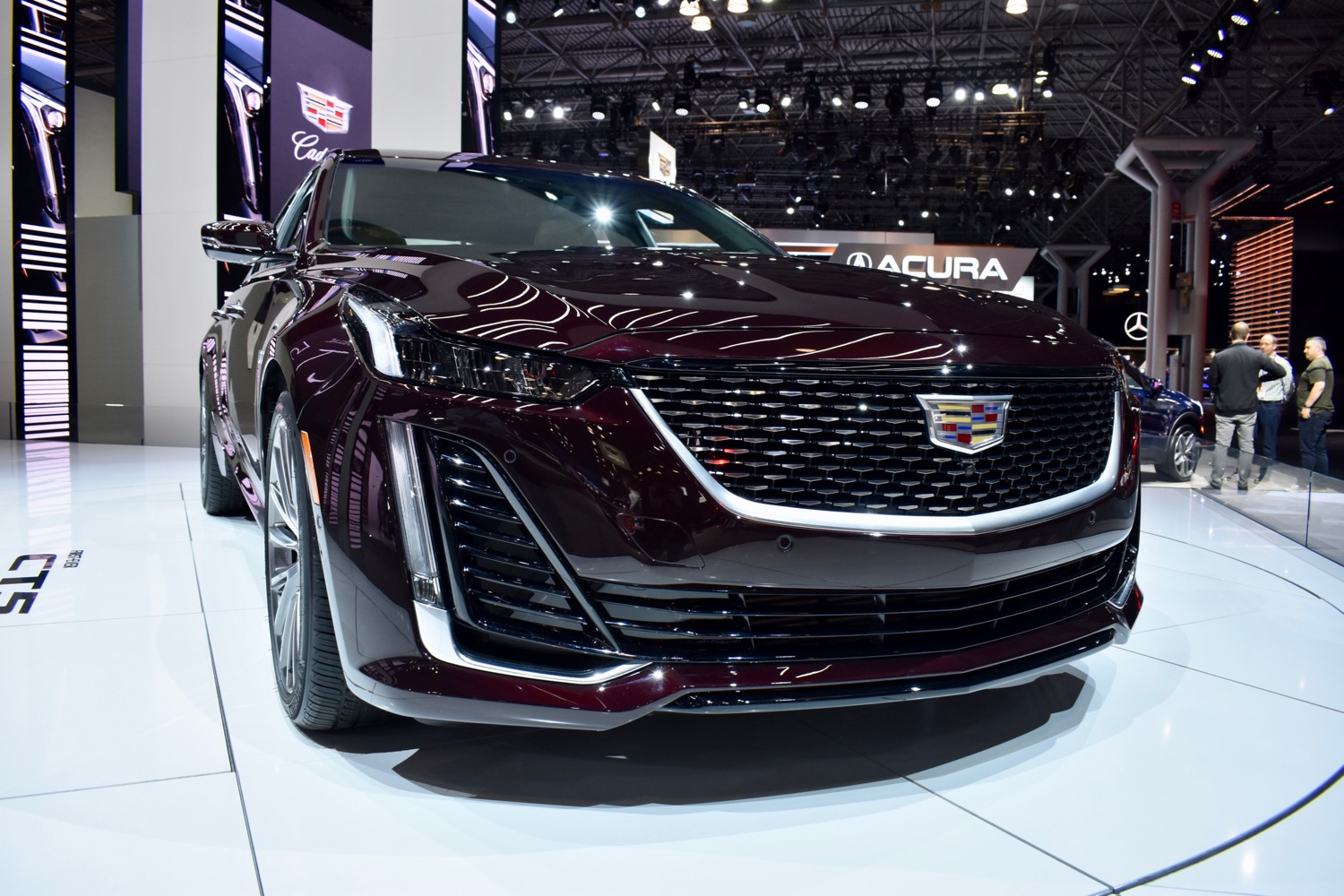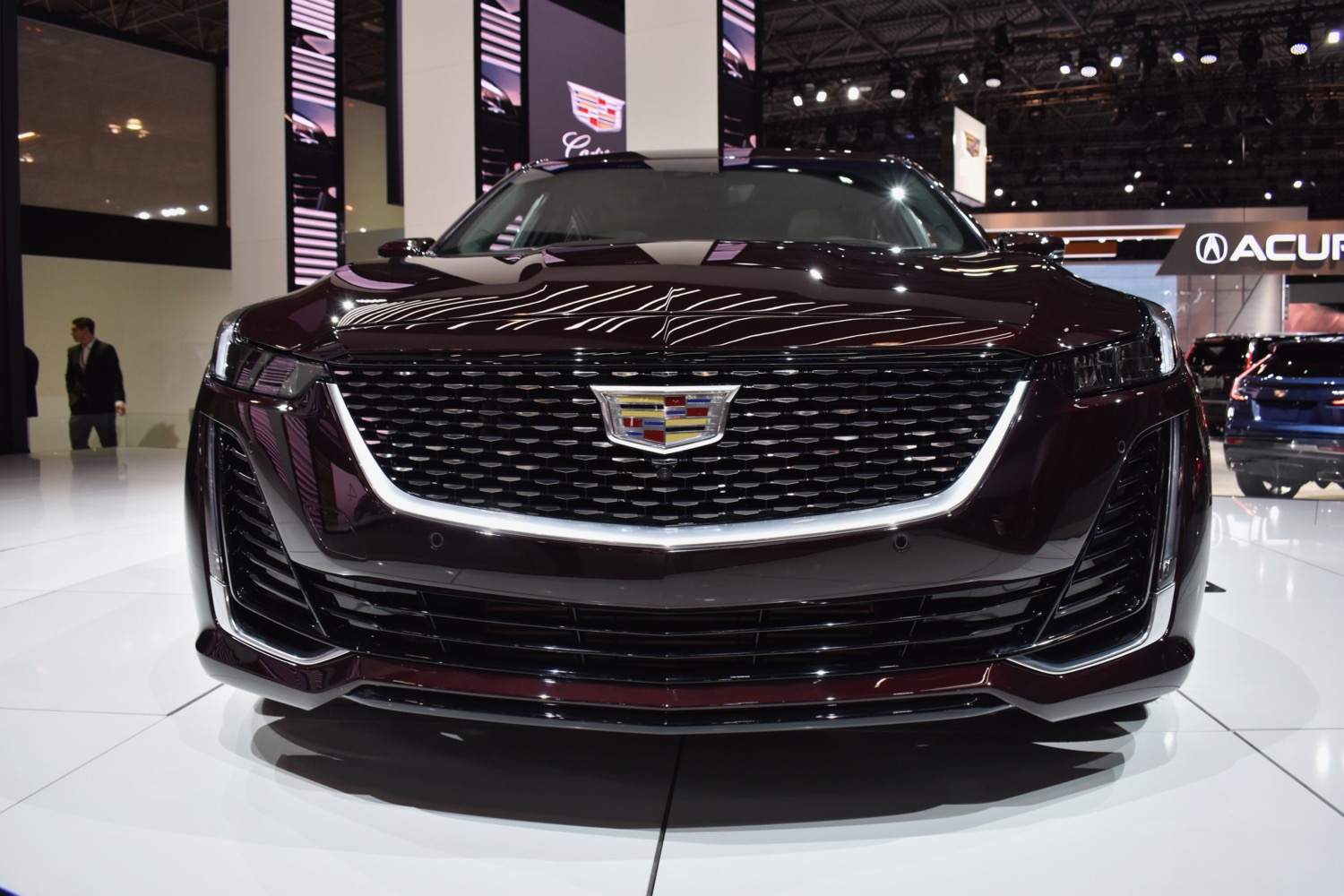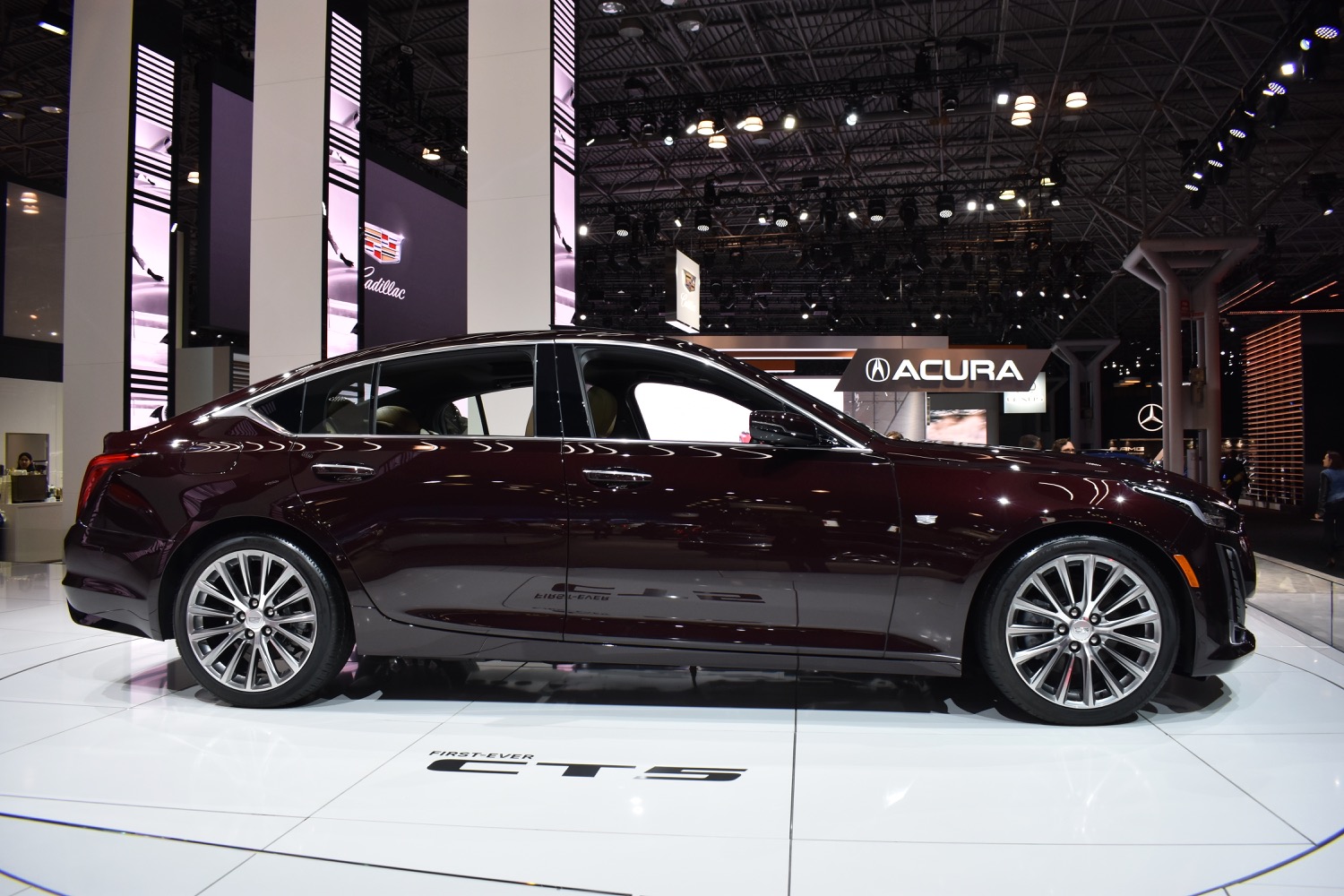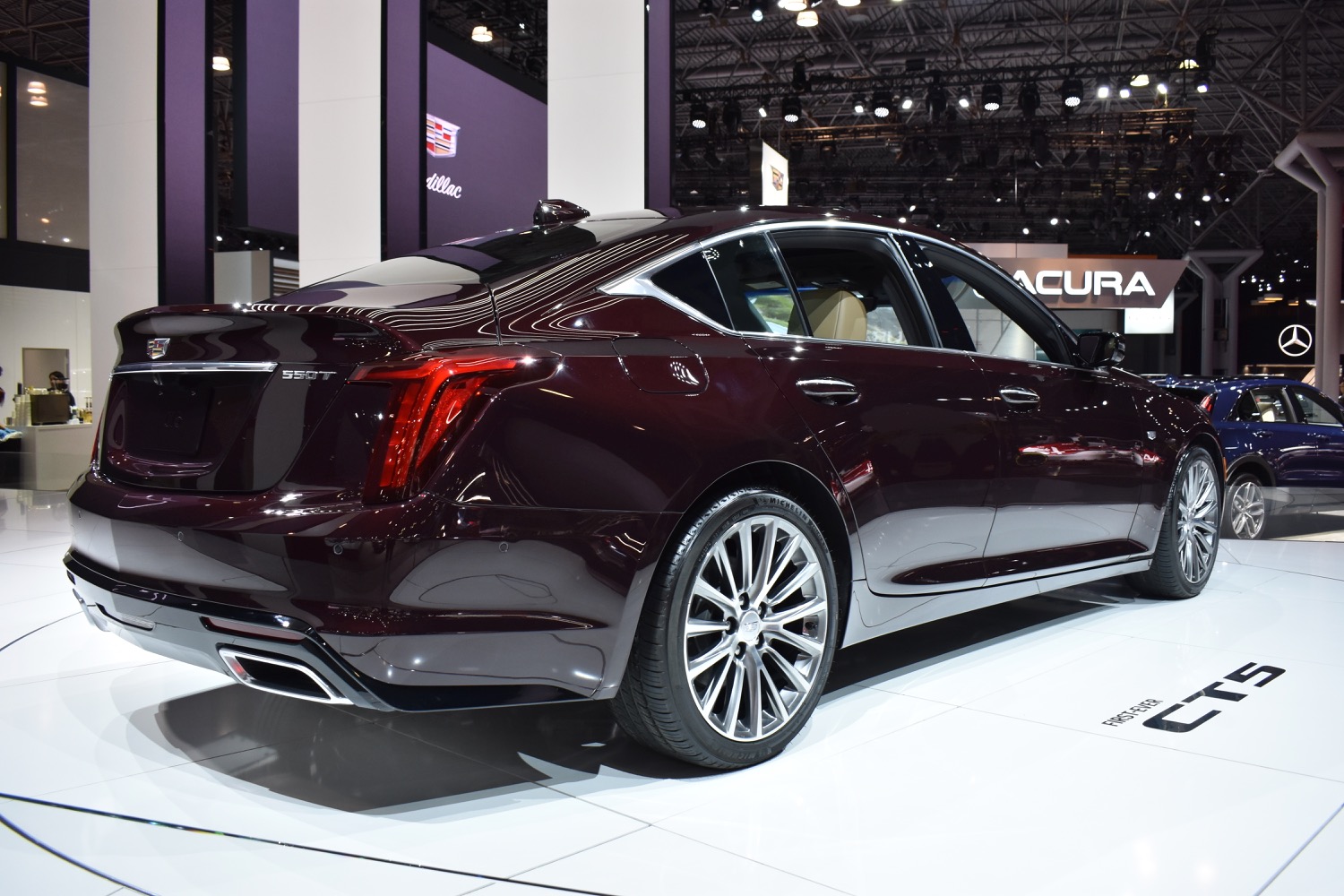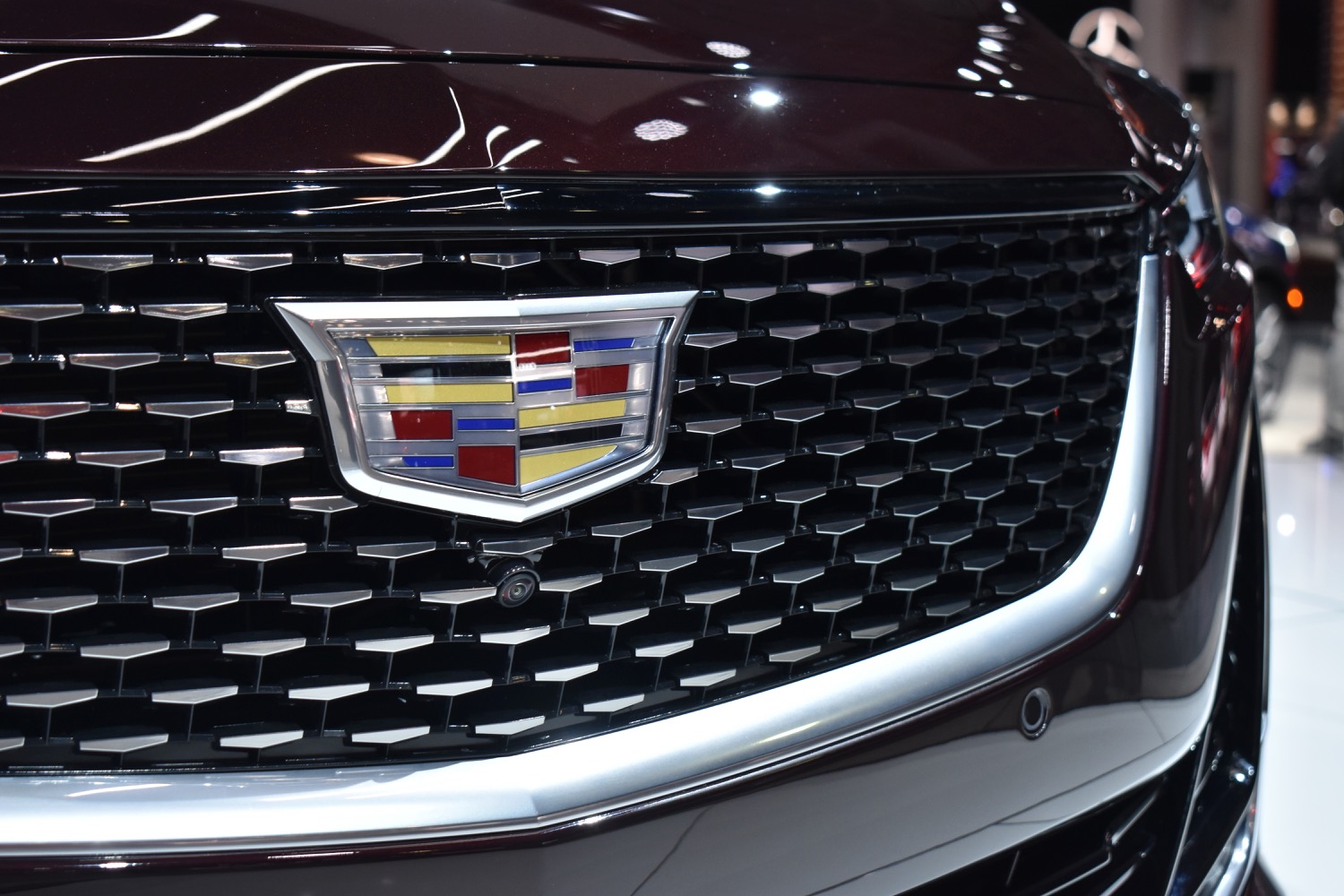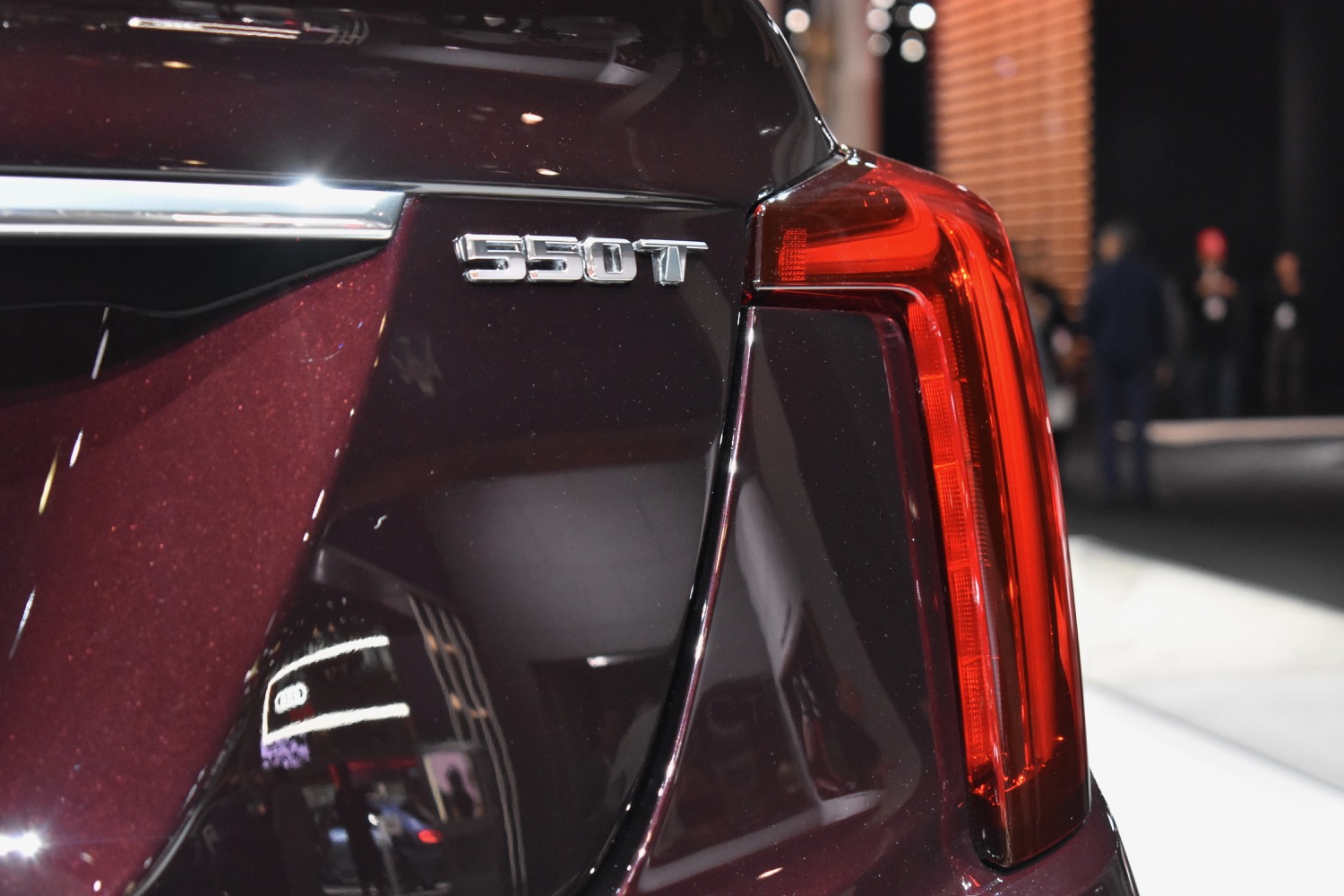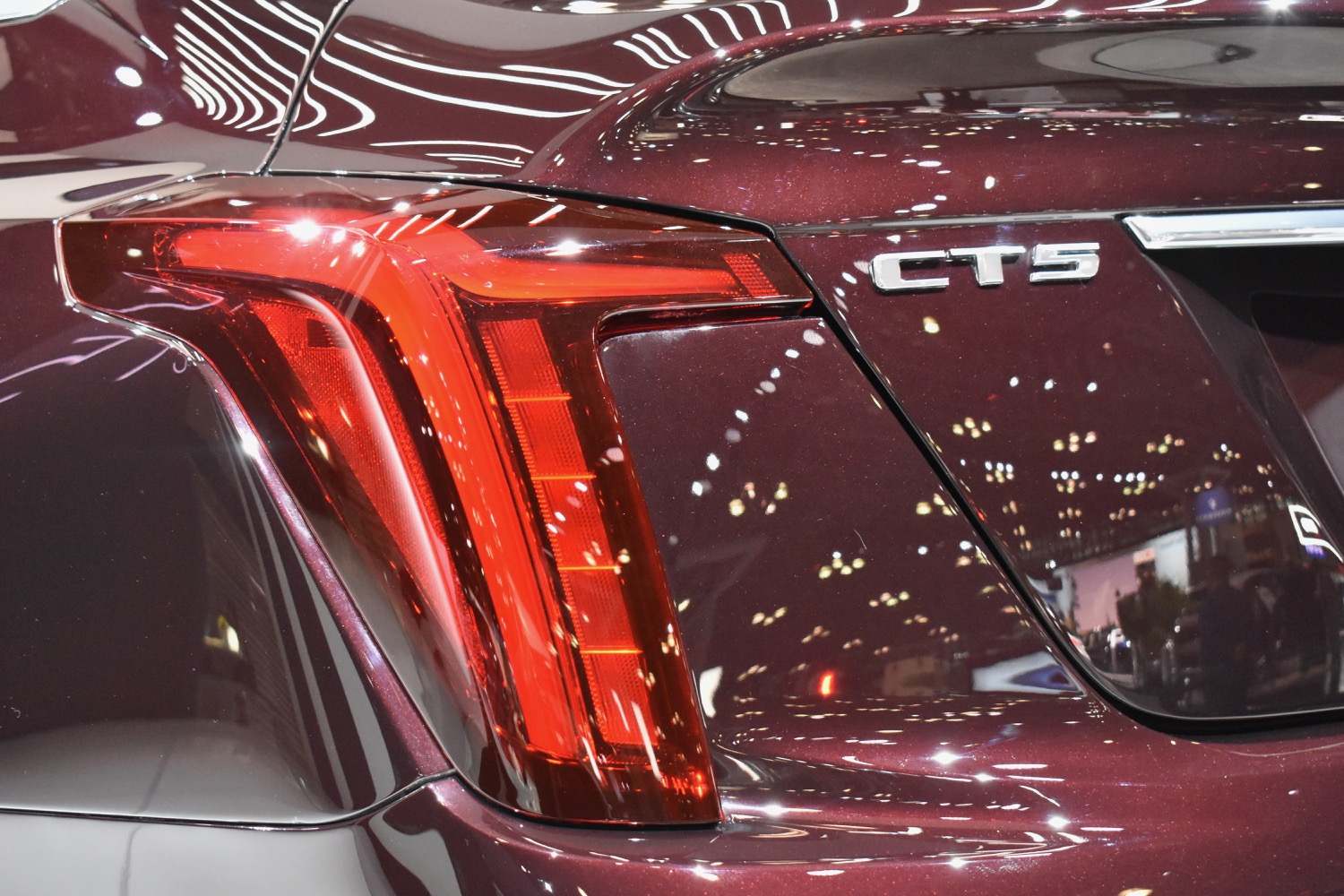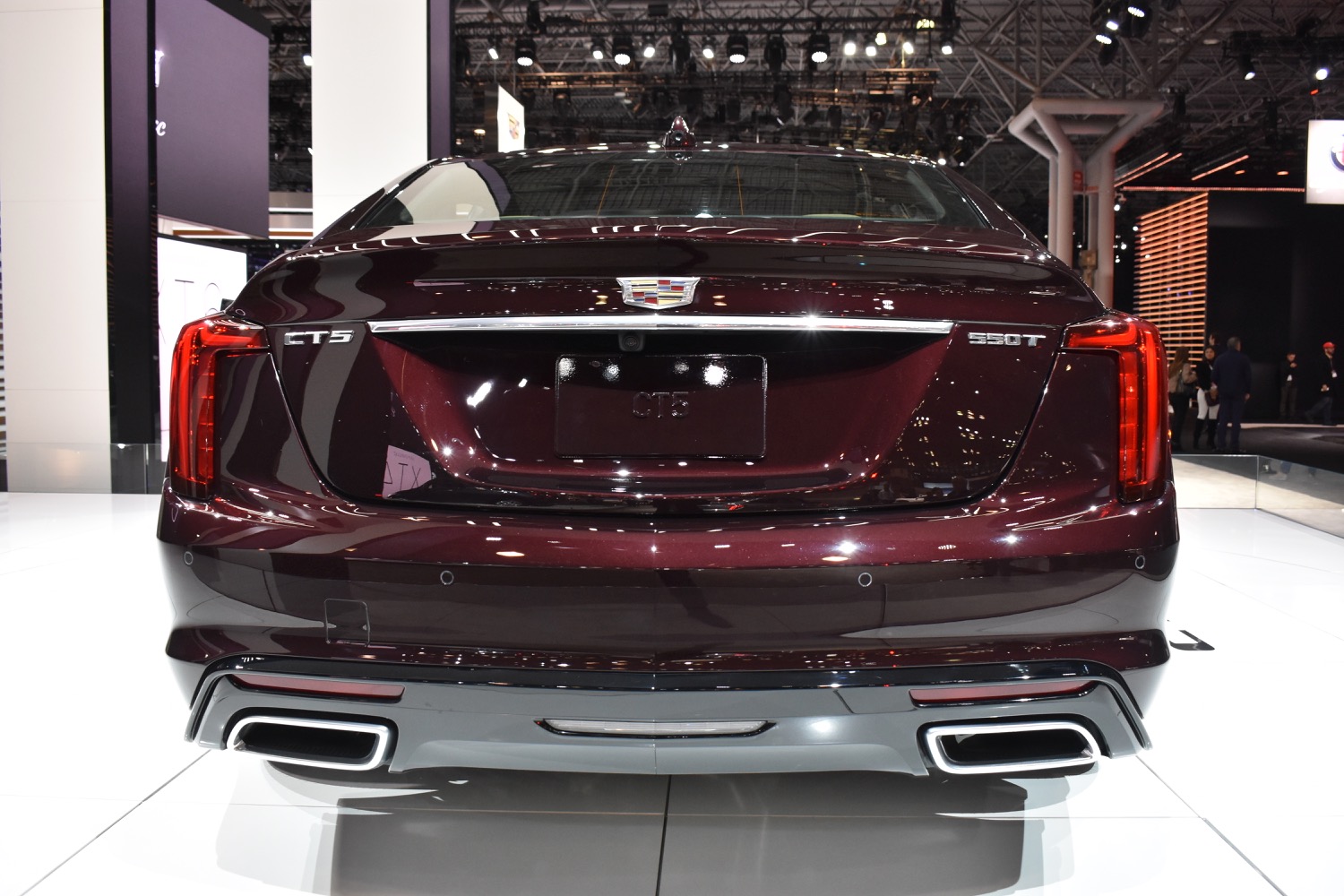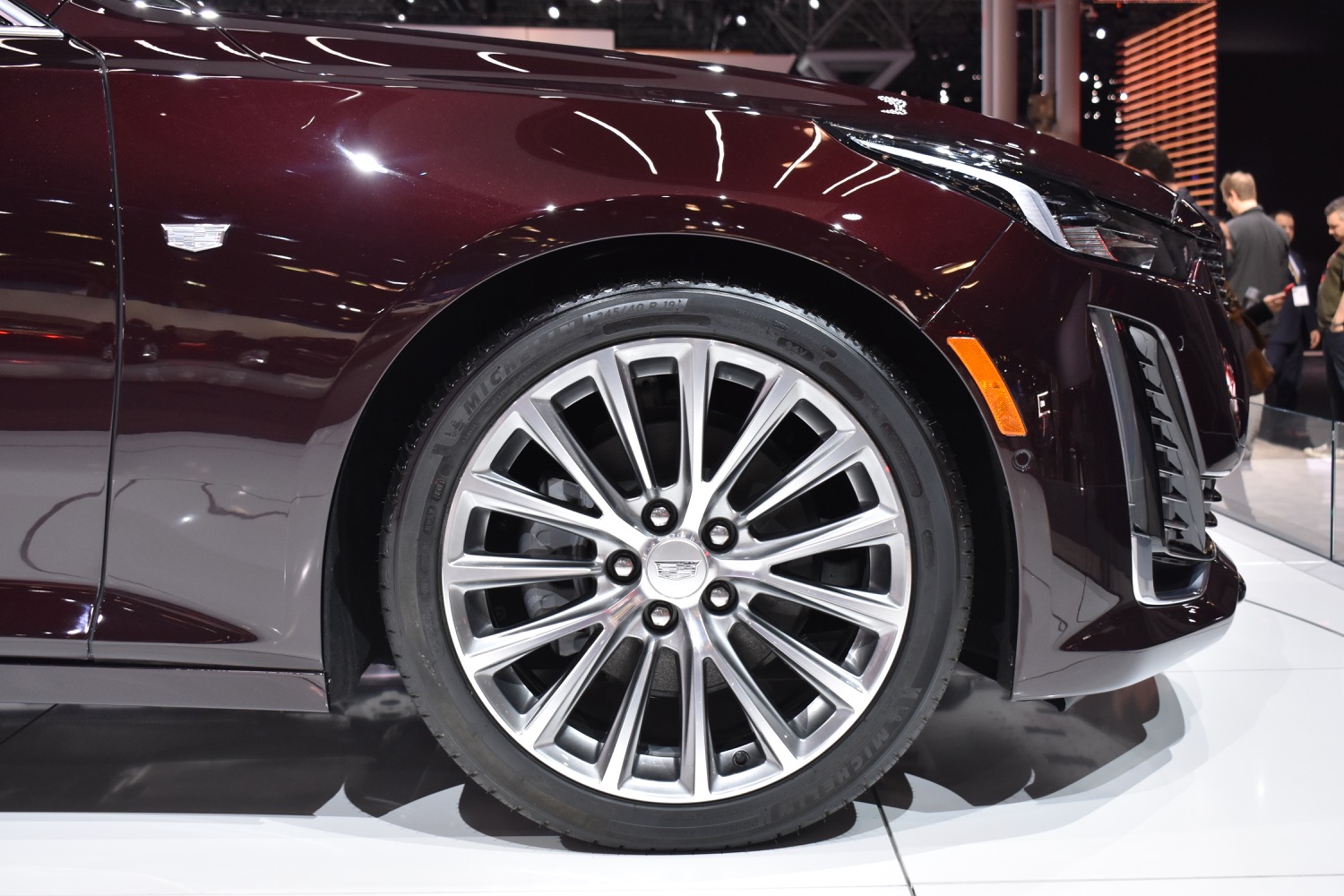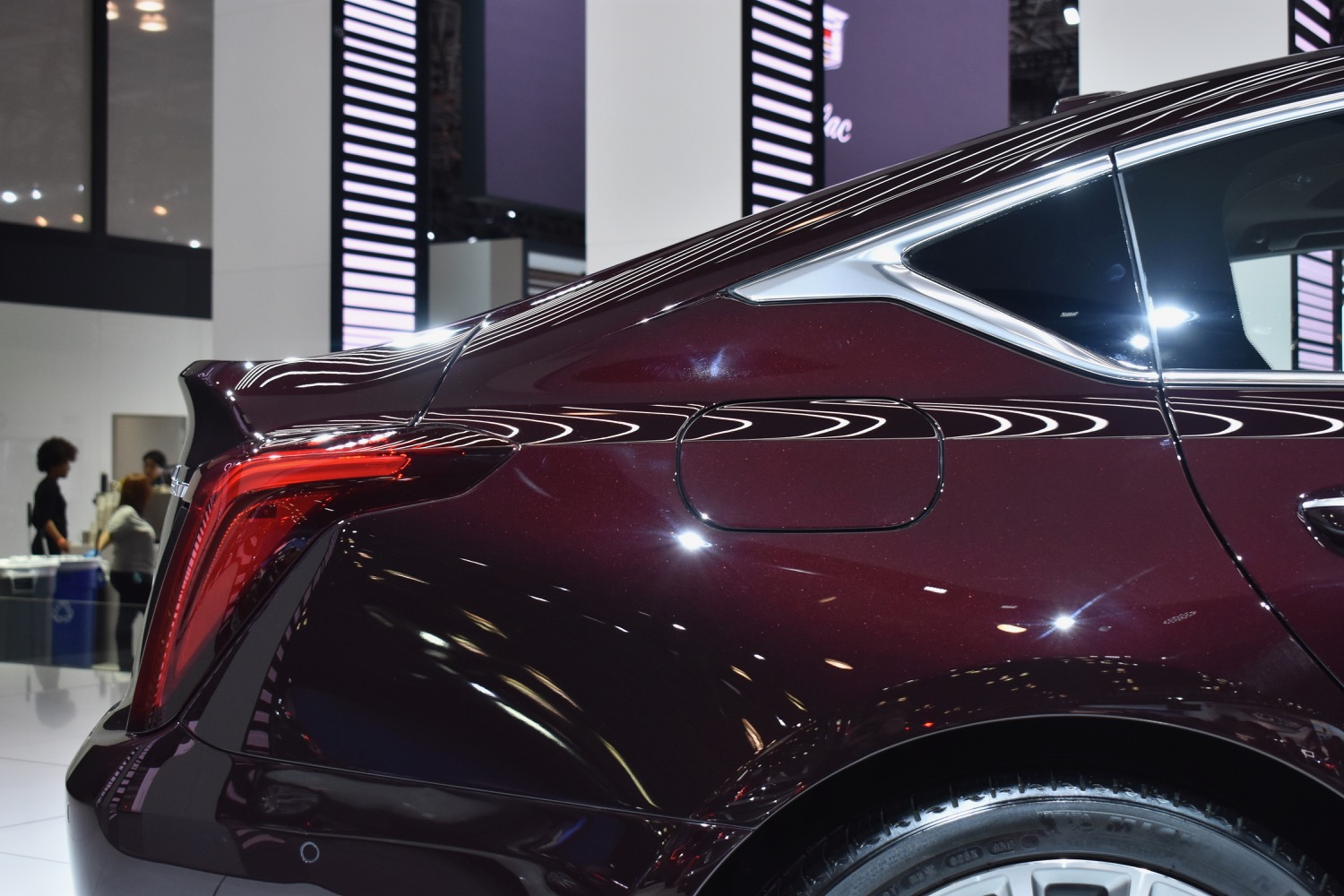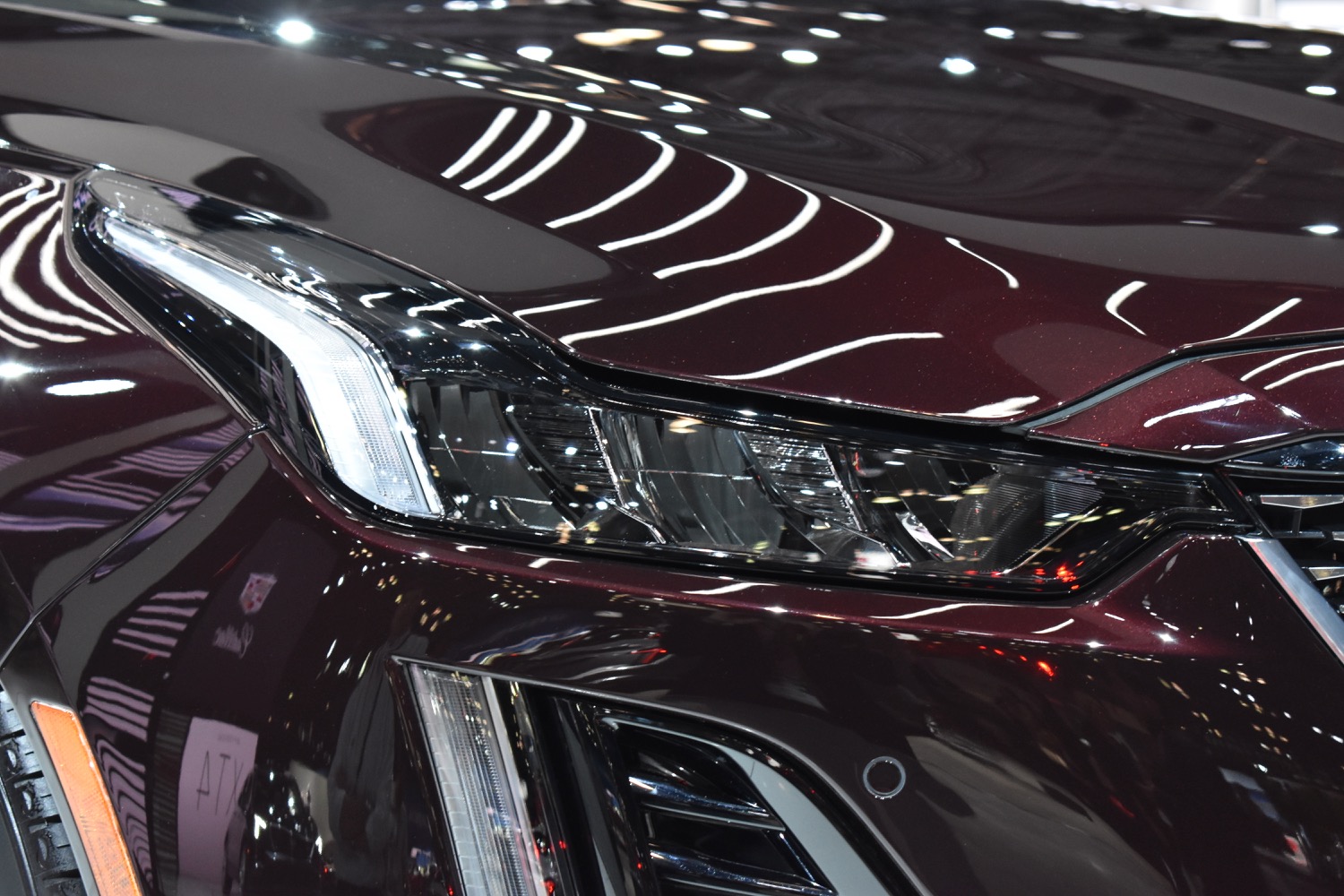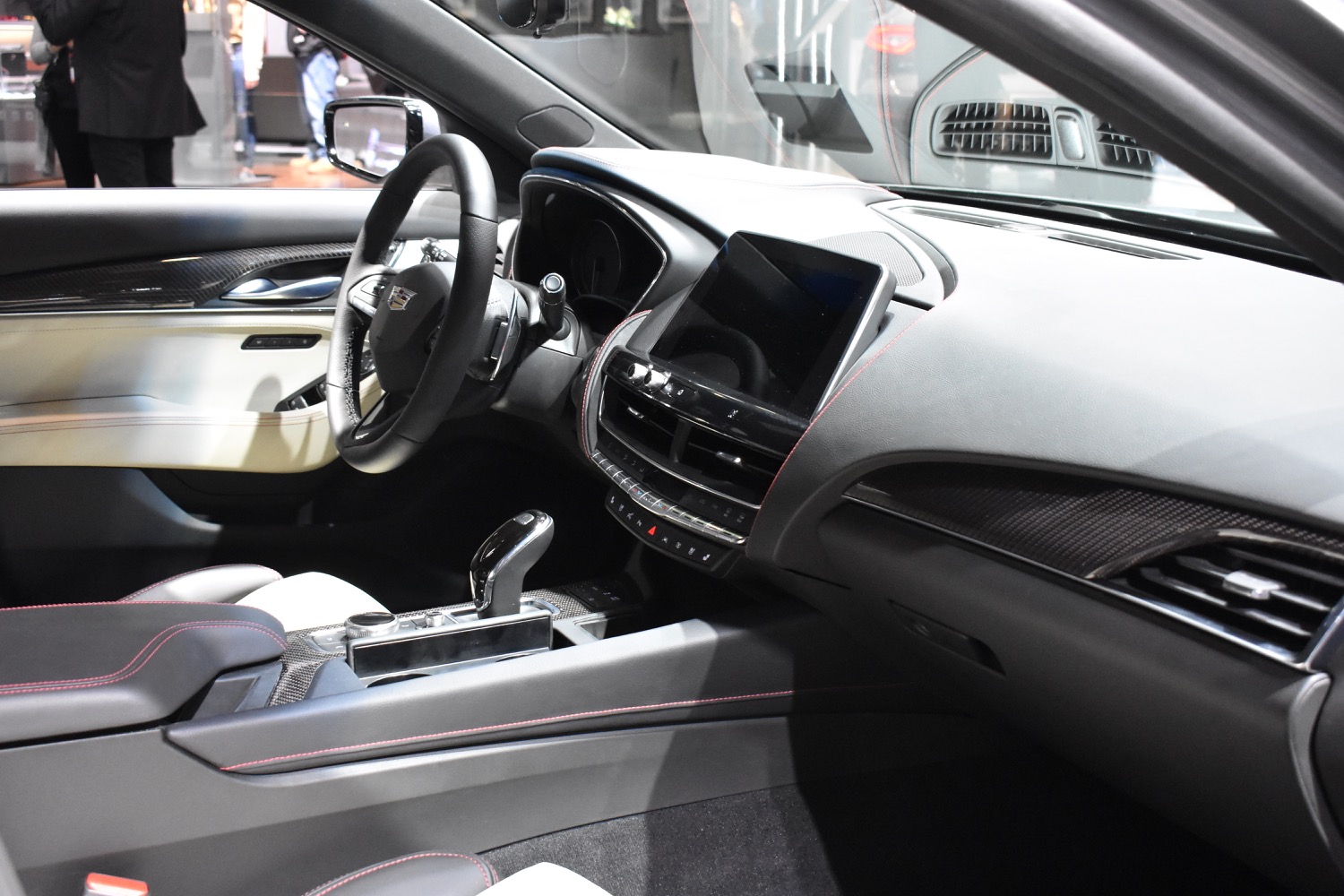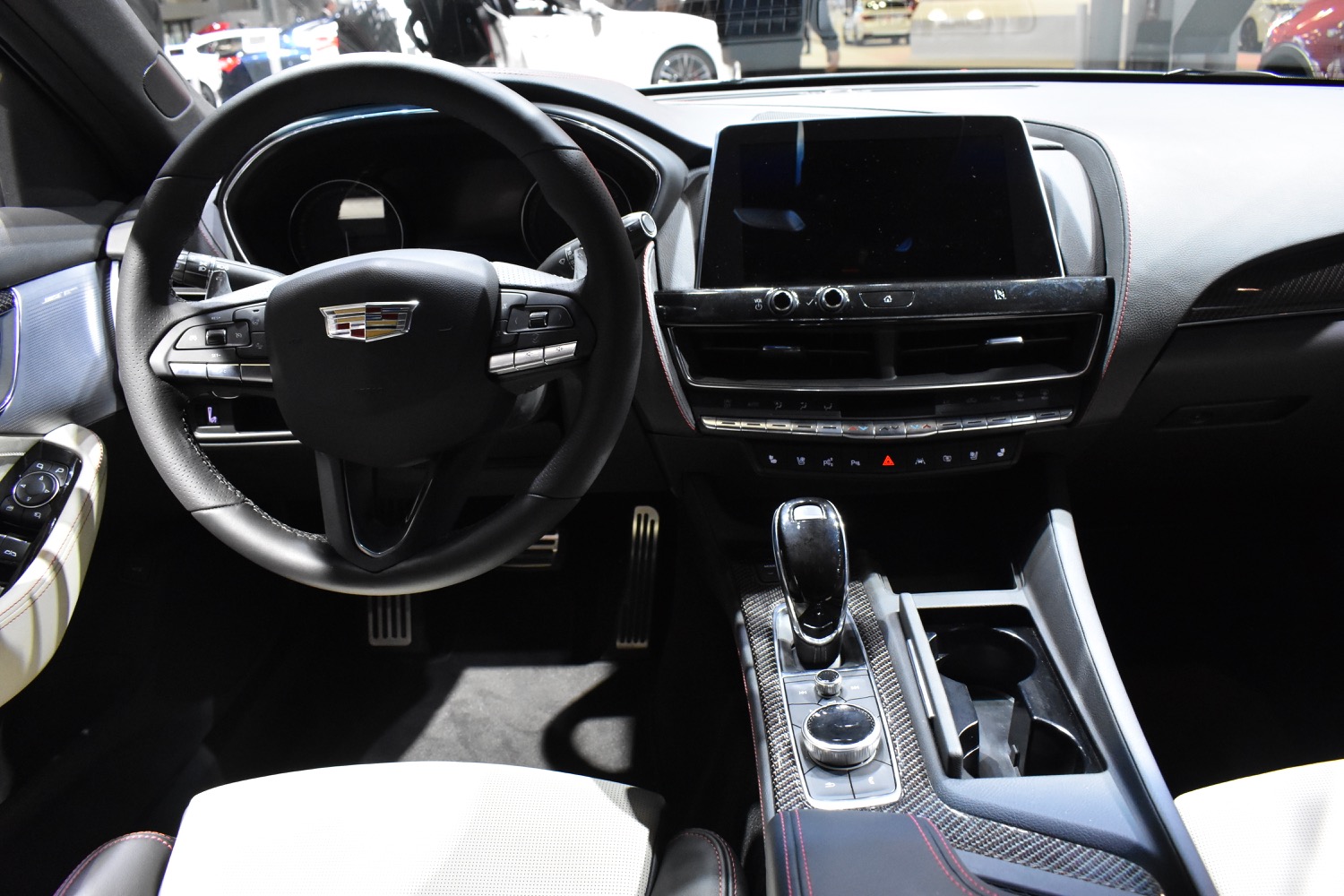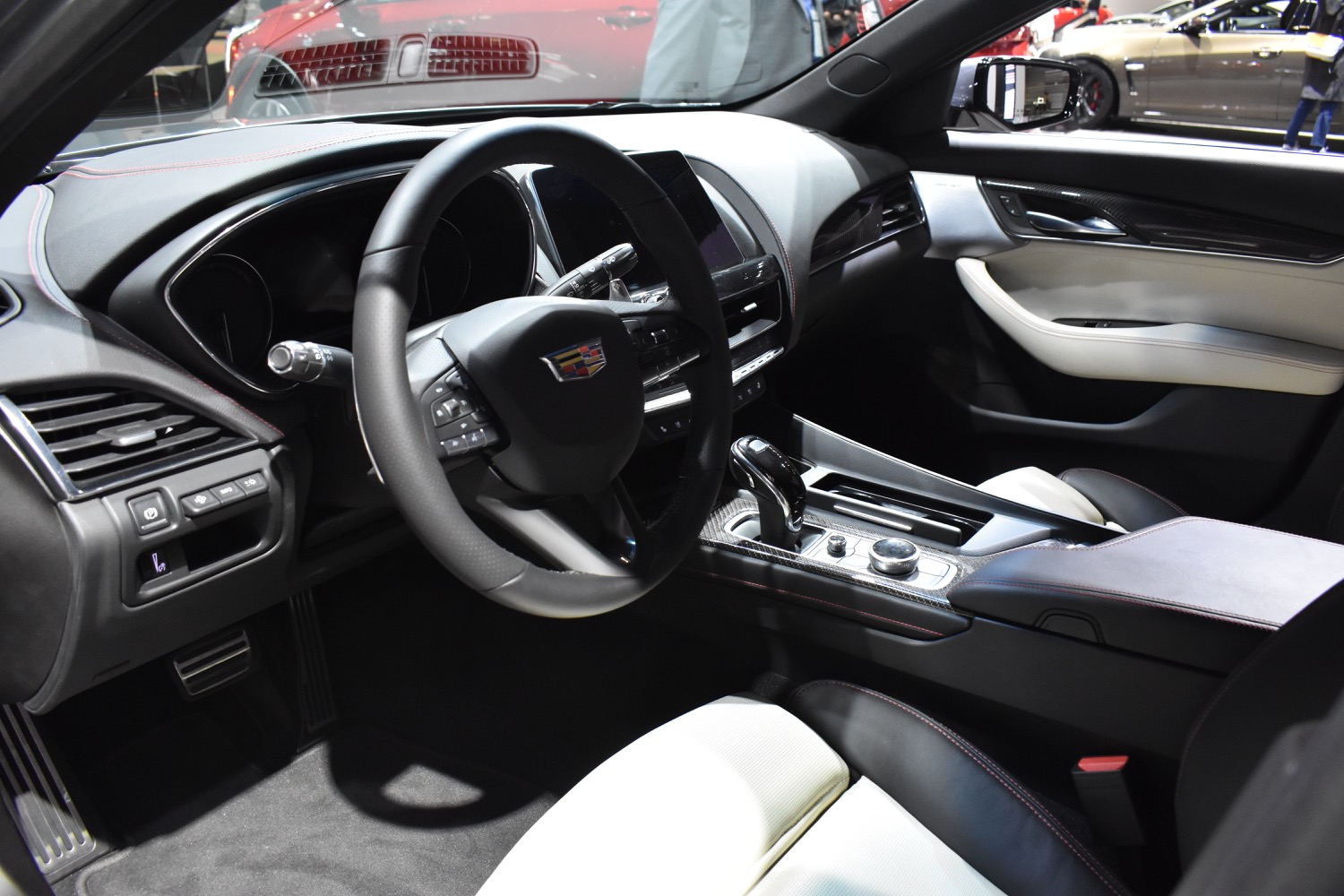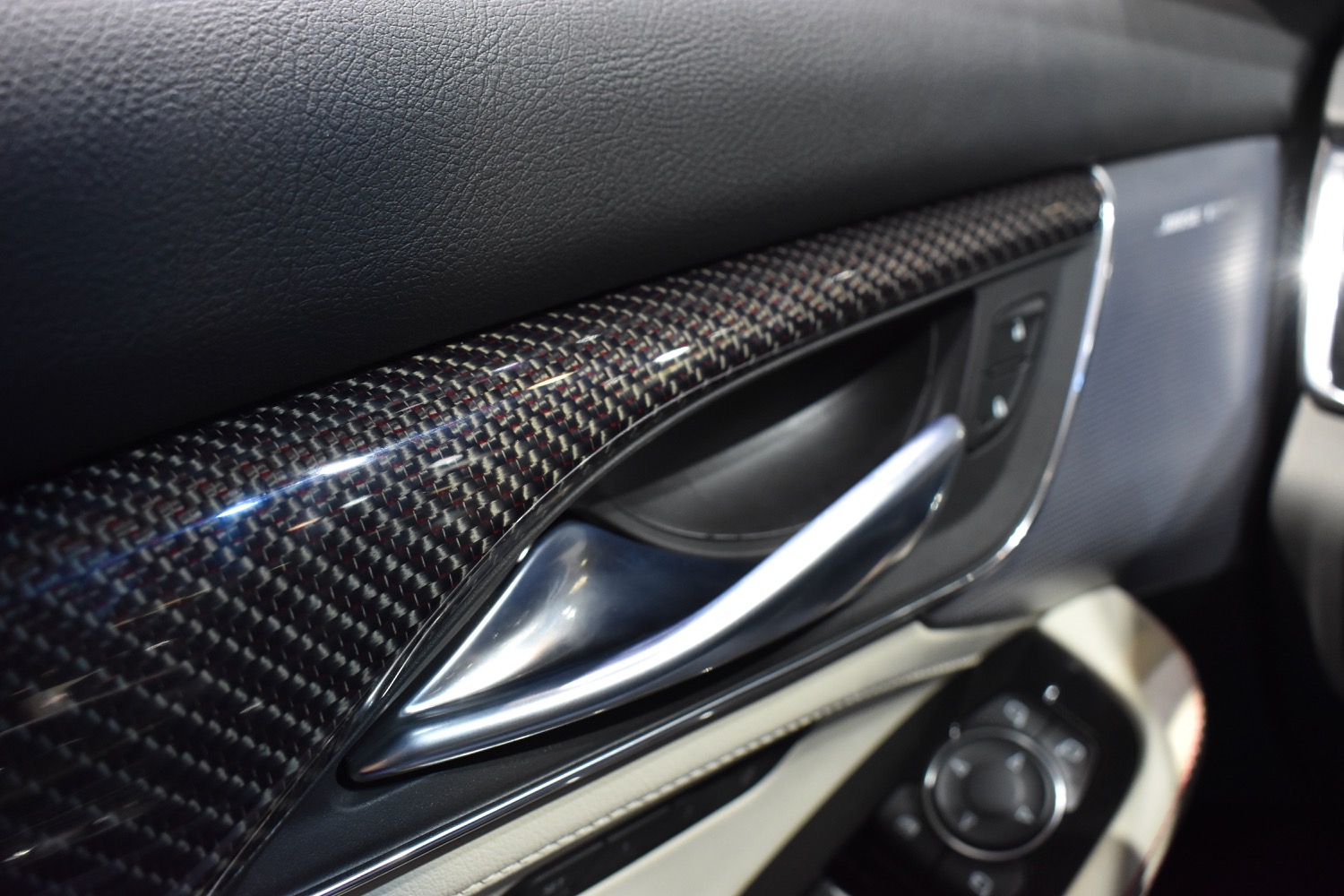Cadillac moved from New York City back to Detroit, but the General Motors-owned luxury brand unveiled a new car at the 2019 New York Auto Show even as it continued to pack its bags. The 2020 CT5 proves the firm hasn’t given up on sedans. While it calls the CT5 a compact car, the sedan sits between the now-retired CTS and the ATS in size.
The CT5 bears a familial resemblance to the face-lifted CT6 sedan, as well as the Escala concept car. The exterior is a bit more restrained than that of the CTS, but certain design elements, notably the vertical lighting strips at the front corners of the car, carry over.
The car is based on an updated version of General Motors’ Alpha platform, meaning it gets standard rear-wheel drive (all-wheel drive is available as an option). The standard engine is a 2.0-liter turbocharged four-cylinder, making 237 horsepower and 258 pound-feet of torque. Cadillac also offers a 3.3-liter twin-turbo V6, with 335 hp and 400 lb-ft. A 10-speed automatic is the only available transmission.
The CT5 is optionally available with Cadillac’s Super Cruise driver-assist system, which handles acceleration, braking, and some steering on clearly marked highways. The infotainment system includes a 10.0-inch central touchscreen, a rotary controller, plus Apple CarPlay and Android Auto compatibility. The driver also gets an 8.0-inch digital instrument cluster.
The CT5 is built at General Motors’ Lansing Grand River factory in Lansing, Michigan. GM is in the midst of cutting staff, facilities, and vehicles, a move the automaker has said will help fund investments in emerging technologies like electric powertrains and self-driving cars. The Cadillac CT6 was initially announced as one of the models to be axed, but GM later gave it a stay of execution until January 2020.
When it goes on sale this fall, the 2020 Cadillac CT5 will be available in Luxury, Premium Luxury, and Sport trim levels. Pricing starts at $37,890 for an entry-level model with the four-cylinder engine and rear-wheel drive, a figure that makes it much cheaper than the CTS it replaces, and more affordable than any of its German rivals (including the Mercedes-Benz C-Class and the Audi A4). The Genesis G70 remains the value champ in the segment, though. Pricing information for the six-cylinder-powered model will be released by the end of 2019.
Cadillac has a few other new models in the pipeline. The smaller CT4 sedan will join the CT5 in showrooms to replace the ATS, and the firm is preparing to start production of the 2020 XT6 three-row crossover. An electric Cadillac is also in the works, as the first step in GM’s plan to make Cadillac its leader for electric cars.
All told, Cadillac plans to launch a new car roughly every six months until 2021.
Updated on July 18, 2019: Added pricing information.
Editors' Recommendations
- 2020 Cadillac CTS-V has reduced performance, but also a lower price
- The 2020 Hyundai Sonata turbo shows value and performance can go hand in hand
- 2020 Nissan Versa sedan redesign brings significant price bump
- Cadillac confirms V-Series performance versions of the CT5 and CT4
